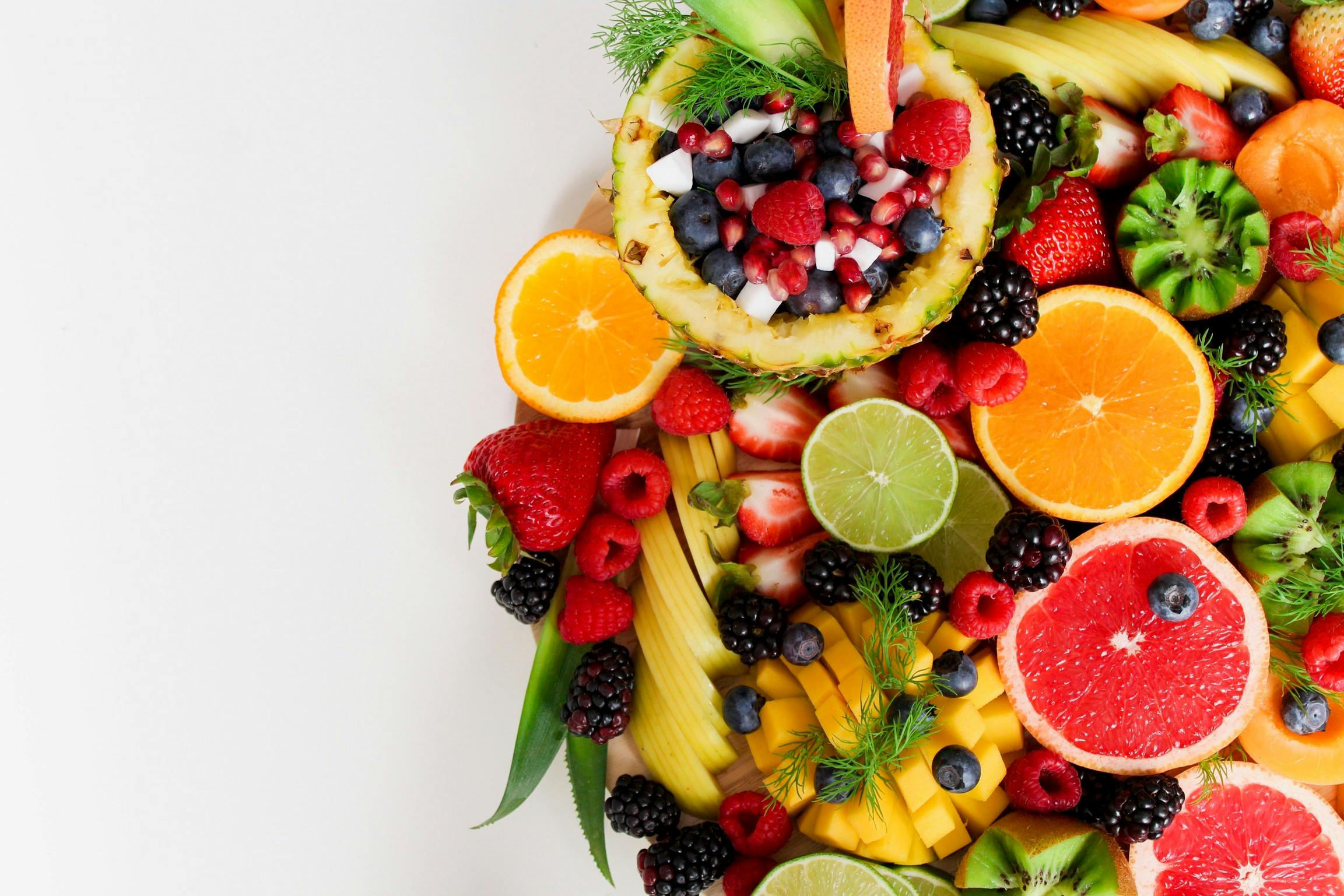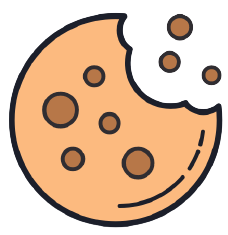Fruits and vegetables get their vibrant hues from a variety of phytonutrients, which are naturally occurring chemicals that offer many benefits for the body.
Find out what colors mean for your health.
RED:
Red fruits and vegetables are colored by a natural plant pigment called lycopene. In general, they help reduce cancer risks. The antioxidants in tomatoes and watermelon can ease stress. Red strawberries and grapes also have anthocyanins that protect blood cells from damage. Blood cells carry oxygen to the brain and other parts of the body, and keep you fresh.
Note — Apple, beet, red cabbage, cherry, red grape, red bell pepper, pomegranate, radish, strawberry, tomato, watermelon and pink guava.
ORANGE/YELLOW:
They contain carotenoids. Beta-carotene in sweet potatoes, pumpkins and carrots is converted to vitamin A, which helps maintain healthy mucous membranes and eyes. Oranges are an excellent source of vitamin C that boosts your immune system — it’s even better than most dietary supplements. It also has folic acid and vitamin B9, which gives energy and prevents stress.
Note — Apricot, carrot, lemon, mango, orange, papaya, peach, pear, yellow bell pepper, pineapple, pumpkin, sweet corn, sweet potatoes.
GREEN:
They contain chlorophyll. Some members of the green group, including spinach, dark leafy greens, green peppers, peas, cucumber and celery contain lutein that powers your eyes. Leafy greens such as spinach and broccoli are excellent sources of folate, a vitamin that plays a vital role in keeping you active.
Note — Green apple, asparagus, green beans, broccoli, cabbage, cucumber, green grape, lettuce, sweet lie, peas, capsicum, and spinach.
BLUE/PURPLE:
The anthocyanins in blueberries, grapes and raisins are antioxidants. They improve blood vessel health. Studies have shown that eating more blueberries improves memory function.
Note — Blueberry, eggplant, fig, plum, purple grape and raisin.
WHITE:
The two most prominent phytonutrients (or pigments) found in these plants are known as allicin and antho-xanthin, which as antioxidants. Allicin also helps lower cholesterol and blood pressure. Some members of the white group, such as bananas and potatoes, are good sources of the mineral potassium.
Note — Banana, cauliflower, garlic, ginger, mushroom, onion, potato, and turnip.





